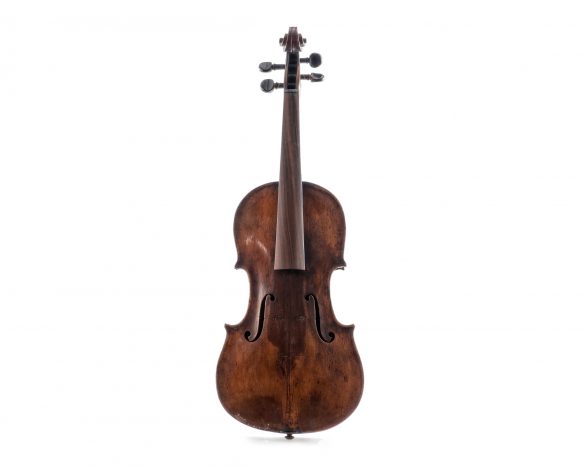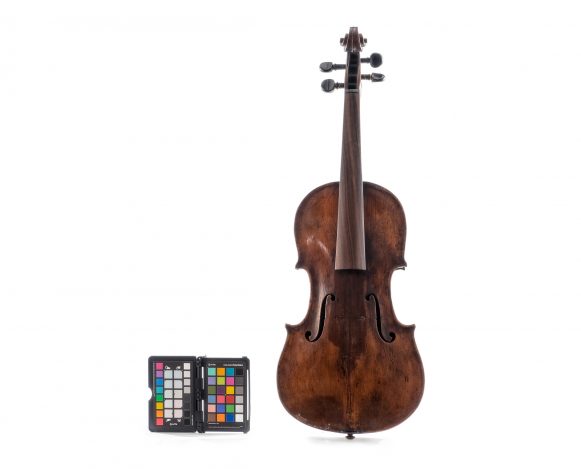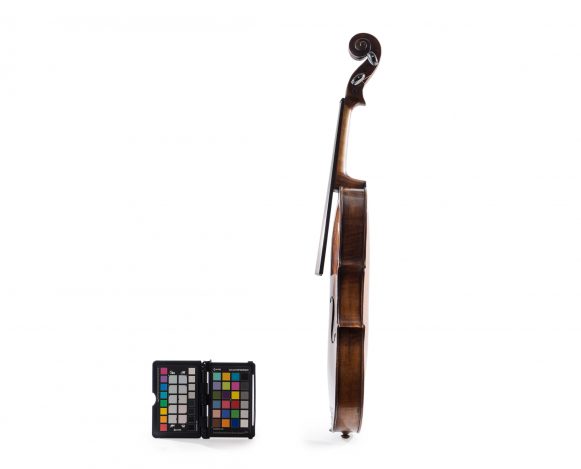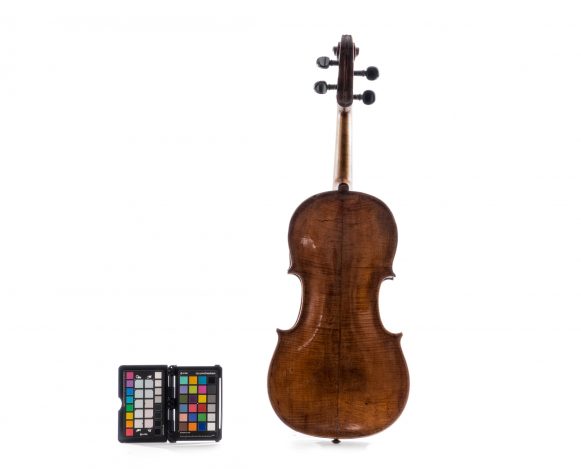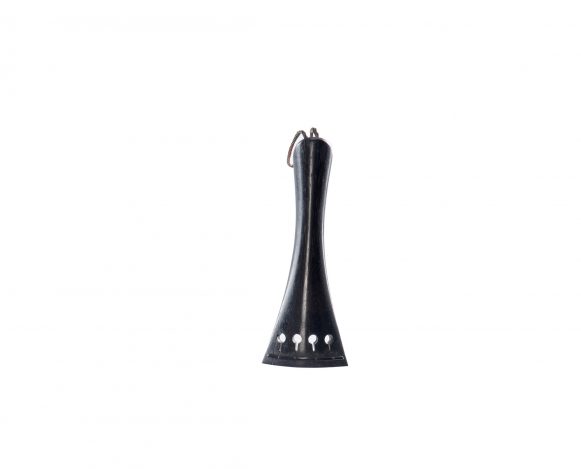The viola is a contralto instrument of the violin family. It has four strings tuned C2-G3-D3-A3, that is, a fifth below the violin tuning. Regarding the size, the viola has slightly bigger proportions than the violin. In 1535, the instrument was already established as a member of the violin family, but it was not called viola, since the term was rather ambiguous, and could be applied both for specific instruments and, generically, for any chordophone with a bow or picked strings. In the 18th century, the viola was called viola de brazzo, a term originated from viola da braccio, an old form of the violin. In the 17th century, the viola became a very important and essential instrument in string ensembles. In the 18th century, the instrument (as well as the bow chordophones in general) went through a large standardization in orchestras and chamber groups. In the 19th century, there was a great use of the instrument to explore new possibilities of the viola in orchestral music and, in the 20th century, important concerts have been written for the instrument. Among the main composers that wrote for the viola, there is Mozart, who composed quartets, quintets with two violas, and a Sinfonia Concertante for violin and viola. These compositions have immensely contributed for the development of the potential of the viola. Berlioz, Tchaikovsky, Brahms and Wagner, in the 19th century, and Hindemith, Bartók and Walton, in the 20th century, also composed important concerts for the instrument.
